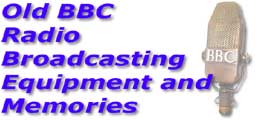BBC Type C Disc Recorders
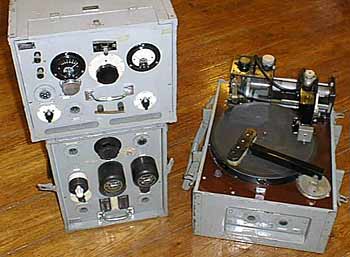


right:
the power supply unit
left:
the amplifier unit
The Type C was in three units. The amplifier, originally a DR/5, weighing 44 lbs, used the OBA/8 circuit for its voltage amplification stage and an LSM/4 loudspeaker amplifier circuit for its power output. The output was later redesigned to use AL60 valves and re-designated DR/5A. The power supply, SUP/2A weighed 46lbs and contained a small motor generator to produce 400 volt HT from two 6 volt Nife batteries.

The recording machine itself could use 10,12 or 13 inch discs with a speed of 78 rpm. A built-in oscillator and neon lamp were used as a stroboscope for adjustment of turntable speed. A strobe setting for 80 rpm was provided so that off-load adjustment could be made, the load imposed by the cutter reducing the turntable speed by about 2% so that once recording was started and the strobe re-set to 78 rpm, very little further speed adjustment was required. The speed constancy was, however, considered barely good enough for the recording of music. No radius compensation was provided. Groove pitch was adjustable between 100 and 125 grooves per inch.
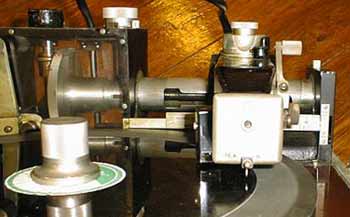
The BBC type A cutter head used a steel cutter and was designed especially for mobile recorder use. It had high sensitivity at the expense of frequency response, which was limited to a range of approximately 60 Hz to 4500 Hz. The cutter arm was balanced. A small lamp was provided at the end of the cutter arm to facilitate the changing of cutters in poor light conditions.

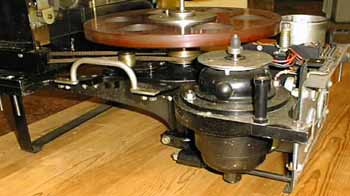
The turntable was driven by a 12 volt DC motor. The cutter arm traversed the disc by means of a lead screw driven by belt from the turntable spindle through a rubber-faced clutch.

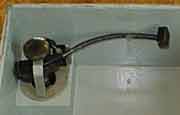
The amplifier could also be used for OB's if necessary. Although normally operated from a stationary vehicle, Type C recorders were used to follow processions, in aircraft, in trains, on ships and even in a submarine.

Six sets of Type C equipment were ordered in November 1939, and six more in December 1940. By 1944 fifty sets had been made

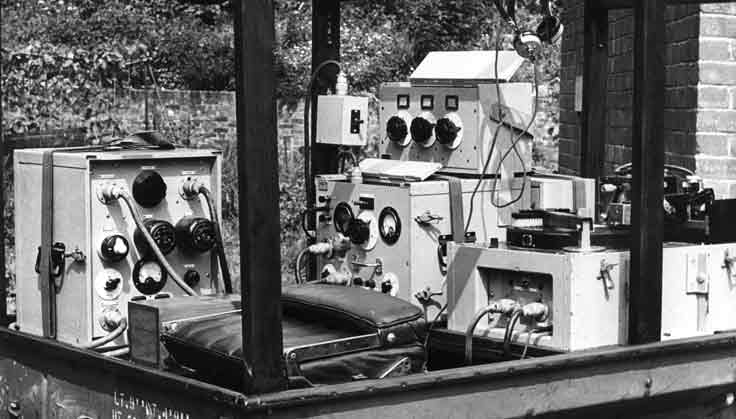
Type C equipment in the field.
Presto Recorders

The Presto 'Model A' 28N table, consisting of two 8N lathes.
In September 1941 a set of Presto portable equipment was ordered. It was a mains operated twin turntable design which could cut 16 inch discs at 78 or 33-1/3rpm, though the latter was never used. A further six units were ordered in November 1942 and saw some service in the field. The Type C was preferred, though, as it was more robust and reliable.
